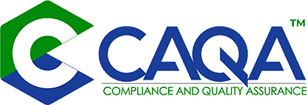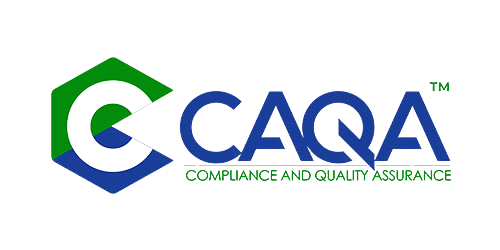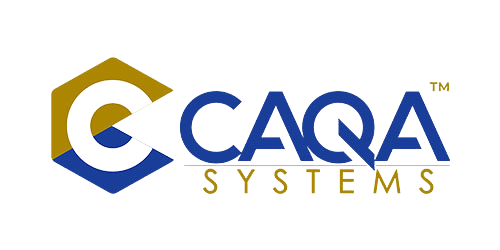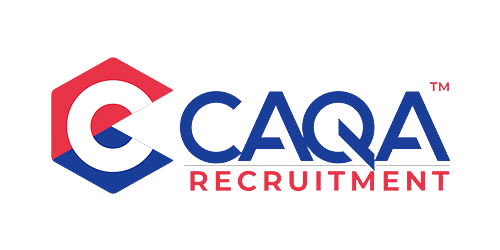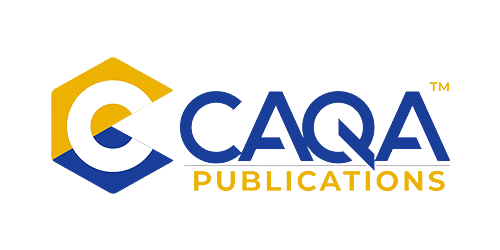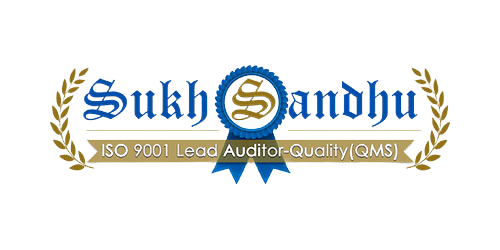As a Registered Training Organisation (RTO), the term "external audit" might induce a sense of apprehension, often seen as an intensive examination of every aspect of your operations. While it's true that external audits are thorough and require considerable preparation, it's essential to remember they also offer a valuable opportunity to enhance your RTO's practices, align with industry standards, and elevate the quality of education provided. For Registered Training Organisations (RTOs), external audits are conducted by regulatory bodies such as the Australian Skills Quality Authority (ASQA) or the relevant state-based regulatory body. These audits are designed to ensure that RTOs meet the Standards for Registered Training Organisations (RTOs) 2015, which are part of the VET Quality Framework.
Understanding the external audit process and the areas of focus can be instrumental in ensuring your RTO is not just compliant but also steps ahead in quality assurance.
Why are External Audits Important?
External audits are crucial for RTOs for several reasons:
Compliance: The primary purpose of an external audit is to ensure that the RTO is compliant with the Standards for RTOs 2015. Non-compliance can lead to penalties, including the loss of registration.
Quality Assurance: External audits help to ensure that the quality of training and assessment provided by the RTO meets industry standards. This can enhance the reputation of the RTO and increase student enrolments.
Continuous Improvement: The audit process can identify areas for improvement, providing the RTO with valuable feedback that can be used to enhance its systems and processes.
The External Audit Process
The external audit process for RTOs typically involves the following steps:
Notification: The RTO is notified of the upcoming audit and provided with information about the scope and timing of the audit.
Preparation: The RTO prepares for the audit by gathering and organising the necessary documentation. This might include training and assessment strategies, assessment tools, student records, and staff qualifications.
On-site Audit: The auditor visits the RTO to review documents, observe practices, and interview staff and students. The auditor will be looking for evidence that the RTO is compliant with the Standards for RTOs 2015.
Audit Report: After the audit, the auditor prepares a report detailing the findings of the audit. The report will identify any non-compliances and provide recommendations for improvement.
Rectification: If non-compliances are identified, the RTO is given an opportunity to rectify them. The RTO must provide evidence to the auditor that the non-compliances have been addressed.
Follow-up Audit: If necessary, a follow-up audit may be conducted to ensure that the non-compliances have been rectified.
Preparing for an External Audit
Preparation is key to a successful audit. Here are some tips for preparing for an external audit:
Understand the Standards: Familiarise yourself with the Standards for RTOs 2015. Understand what evidence is required to demonstrate compliance.
Organise Your Documentation: Ensure that your documentation is up-to-date and organised. This will make it easier for the auditor to find the information they need.
Conduct a Self-Audit: Conduct a self-audit to identify any potential non-compliances before the external audit. This will give you an opportunity to rectify any issues before the audit.
Engage Your Staff: Ensure that your staff understand the audit process and their role in it. Provide them with the training and support they need to participate effectively in the audit.
Key Audit Focus Areas
An external audit generally zeros in on a few critical areas:
Financial Statements: Auditors verify your RTO's financial records for accuracy, ensuring they align with appropriate accounting standards.
Internal Controls: Auditors assess the effectiveness of internal control systems, procedures, and policies to prevent inaccuracies and fraud.
Compliance: This involves checking your RTO's adherence to relevant laws, regulations, and industry standards, including compliance with the Standards for Registered Training Organisations (RTOs).
Operations: The efficiency and effectiveness of operations are evaluated to ensure your RTO's objectives align with its practices.
Information Systems: Auditors may examine the reliability of your RTO's IT systems, including data integrity and cybersecurity measures.
While external audits might seem intimidating, they are not solely fault-finding exercises. They are constructive opportunities to identify areas for growth, streamline processes, and bolster your RTO's reputation for excellence.
Remember, complete cooperation with auditors—providing all necessary information and access, and welcoming feedback and recommendations—can convert this process from a potential stressor to an instrument for organisational advancement. Through this approach, external audits can play a crucial role in steering your RTO towards the path of continuous improvement and sustained success.
